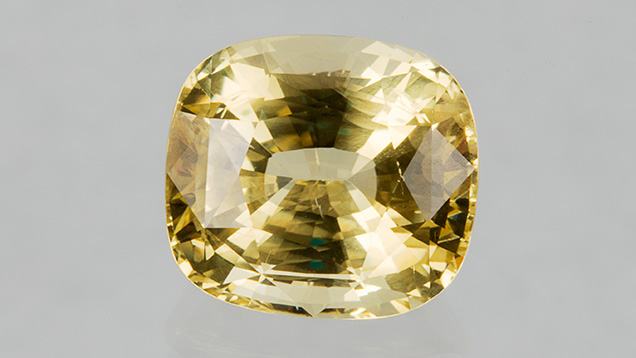Ethical and Sustainable Vertical Integration in the Sapphire Market

When the recession of 2008 struck, Sheahan Stephen (Sheahan Stephen Sapphires, Inc., San Francisco, California) had been dealing in Sri Lankan gemstones for two years. He saw his monthly cash flow drop to a third of what it had been when he first started traveling to Sri Lanka to buy stones for resale in the United States. During the recession he decided to borrow money and become vertically integrated. Stephen created a transparent supply chain and an ethical supply model by becoming directly involved in mining. His new business also included heat treatment, cutting, and sales.
Sustainable practices tie directly into Stephen’s beliefs in how businesses should strive to operate. He sees lack of sustainability as a major cause of many of society’s problems. He works with his customers in what he calls “customized” vertical integration. He fills specific orders for his customers directly from mines and brings the sapphires to market in a controlled manner, meaning they are always in his hands or an employee’s hands until they reach the final customer. Stephen guarantees the entire supply chain and strives to provide full documentation, including the mine the sapphires (see above) came from and the name of the treater and the cutter.
He focuses on education and training in Sri Lanka to obtain the quality and traceability his customers expect. Training and complete trust in his Sri Lankan staff allow him to buy stones unseen that will fill his customers’ specifications. Stephen also believes in providing education and other assistance for his employees’ families in Sri Lanka.
Stephen finds that customers today want more information about their jewelry. They want to know where a piece came from, who was involved in manufacturing it and bringing it to market, and the corporate social responsibility practices of the company involved. With many of his customers today willing to pay 30% more for documented ethical sapphires and sapphire jewelry, he focuses on growing his sales with sustainability-minded clients. At the same time, he strives to be close to other wholesalers in his pricing to stay competitive and grow his business.
A major part of his business investment is the time he spends growing relationships with miners and cutters in Sri Lanka that can take years. That is an essential element of developing a sustainable business model for artisanal mining. Stephen hopes that building long-term relationships with his employees and suppliers in Sri Lanka and perfecting the processes throughout the supply chain will allow for slow but sustainable business growth. His vision is to take this model to other gem mining countries, especially in Africa, where he is currently working in Madagascar.
.jpg)


